No Pain = Gain: How to Manage your Child’s Pain During Uncomfortable Experiences
Monday April 11, 2022
Having medical procedures can be tough for children, especially when many are repeated during a long course of medical care. Though necessary, they do not need to be painful. Maria Sohail, child life intern and Masters Candidate in Child Life and Pediatric Psychosocial Care, explores a range of pain management strategies that can support a child’s mind and body comfort.
A child life intern uses a game on the iPad to distract a young boy as he gets his COVID-19 vaccine.
Your child is at the hospital about to get some procedures done. Procedures are supposed to be painful right? No pain, no gain – that’s what the saying is?
Wrong! Medical procedures can be scary and painful, but they definitely do not have to be.
Your child deserves the best possible care they can get, and that includes making sure their body and mind are taken care of. Children have a right to pain-free experiences, and that can be achieved through various pain management techniques specifically tailored to their needs.
The Child’s Human Rights
This poster highlights the United Nations Convention on the Rights of a Child in child friendly language. Having rights means being entitled to things one should be able to have and do. All children have rights, and as caregivers, we need to make sure they are getting what is best for them in every situation – this includes during their medical care.
“You have the right to give your opinion, and for adults to listen and take it seriously.”
Your child has the right to express how they feel, and the adults in charge of your child’s care must take action to help them.
The UN Convention on the Rights of the Child, presented in child-friendly language. Visit the UNICEF website for a full text PDF version of this poster.
“You have the right to be protected from being hurt and mistreated, in body or mind.”
Your child has the right to pain management techniques to avoid uncomfortable and painful experiences.
Pain Scales – Assess Your Child’s Pain
First things first, it is important to know how much pain your child is in, and how they are feeling, to get a better sense of which pain management strategies might help them.
For older children, this can be done by asking them “on a scale of 1-10, how high is your pain?”
For younger children, you can try asking “does it hurt a little bit, like a small mouse, or does it hurt a lot, like a giant elephant?”
For some children, having a visual image of the pain scale may be more beneficial, to help them put their thoughts into better words. In this case, something like emoji pain scales might help you effectively get an idea of how much pain your child is in.
This pain scale can be used by asking your child to point to how they feel right now because of the pain. Source: https://wongbakerfaces.org/
This pain scale by Wong-Baker may be more appropriate for older children and adolescents. Source: https://boneandspine.com/faces-pain-scale-revised/
We know children deserve, and would benefit from, pain-free medical experiences. With the right pain management techniques that work for your child and the situation they are in, your child can experience less medical trauma, and increase confidence and resilience for future medical procedures.
Let’s talk about some ways your child’s body and mind can be more comfortable during procedures through the use of pain management techniques.
Pain Management Techniques
Most of the time, when we think of pain management, we think pharmaceutical drugs. In times of pain or discomfort, ask your doctor for some medicine that might help with the pain. Some examples of painkillers are:
Pharmaceutical Pain Killers
Most of us are very familiar with these over-the-counter drugs.
Acetaminophens like Tylenol, Mapap, Panadol, and Paracetamol are used to treat all kinds of pains such as headaches, muscle aches, sore throats, vaccine reactions, backaches, cramping, and toothaches. These drugs are also great when it comes to needing to reduce a fever.
Alongside acetaminophens, ibuprofen is another very common drug taken. Some examples of ibuprofens you can get from the pharmacy include Advil, Motrin, and Nurofen. Like acetaminophens, ibuprofen works to treat fevers and a variety of pains. The difference between the two is that ibuprofen is an anti-inflammatory drug.
These two drugs are very similar and function in similar ways, but it is important to remember that acetaminophens tend to be harder on the liver and ibuprofen tends to be harder on the stomach.
Always make sure to ask your doctor which pharmaceutical drug would be best to manage your child’s pain in the specific situation.
Lidocaine
Lidocaine or “LET” is a jelly-like ointment that goes on top of the skin to numb the area. This ointment needs to be prescribed by a physician. Lidocaine works by blocking the signals from nerves in the skin. Lidocaine is typically used before doctors do sutures on the skin, during surgery, needle procedures, or insertion of a catheter or breathing tube. The best thing about Lidocaine is that it works very quickly – within 90 seconds, and has an impact for up to 20 minutes.
Ametop
Ametop is a white cream used on top of the skin to numb the area, just like Lidocaine. Unlike Lidocaine, Ametop does not need to be prescribed by a physician, and can be bought over the counter at most pharmacies in many countries.
A common use of Ametop would be during needle insertions such as vaccines, bloodwork, and inserting an IV cannula. Typically, the process is:
- Your child would have the cream applied in the target area
- The cream would be covered with a clear sticker or wrap to avoid messes
- The cream would be left to sink into the skin and work its magic for about 30 minutes
- The cream would be removed with a paper towel, and your child is ready to go for the procedure with minimal discomfort!
Sucrose
What a sweet solution for pain management! Sucrose (sugar water) is inserted in small drops into an infant’s mouth to decrease distress and pain during minor procedures.
Sucrose works by providing taste stimulation to receptors in the brain. Because the taste of sugar water is so new (and yummy) to infants, the use of sucrose during minor procedures helps distract the infant and provide a calming effect.
Sucrose can be used with infants aged up to 18 months. However, there may be some circumstances where sucrose may not be appropriate, such as a baby being premature, having low birth weight, and having unstable sugar levels. Always check with a physician before using sucrose as a pain management technique for your child.
Non-Pharmaceutical Pain Management
It’s a common misconception that drugs are the only way to achieve a pain-free experience.
As adults, a minor headache can have us going straight to our bottle of ibuprofen or acetaminophen. Whenever I had to get my braces tightened, I would take an extra-strength ibuprofen right before my appointment so I would feel less pain during the procedure. I wish I knew back then, as I do now, that there are so many incredible different pain management techniques other than pharmaceutical drugs.
Why stick to one pain management technique when you can combine more ways to deal with pain? This can help you add different strategies to your child’s coping toolbox!
This wonderful video highlights different strategies for your child to be the boss of their brain and learn how to manage their pain during uncomfortable situations.
Breathing sounds pretty routine, but it’s surprisingly easy to forget to do when we are anxious or uncomfortable. As we get increasingly nervous, our heart rate increases, our breathing gets heavier, and it becomes harder to stay relaxed. Being in this state can actually make it harder for some procedures to take place due to our bodies getting tense.
Ensuring your child takes deep breaths in from the nose and out through the mouth during stressful situations is very important when it comes to relaxing. Doing this slows down their heart rate, resulting in a more calm and relaxed body. This is important for a huge reason – when the body is relaxed, the procedure will be easier to complete leading to your child feeling less pain
This is how I like to explain it to children: When we don’t take deep breaths, our body tenses up like a rock (picture A). Putting a needle in a rock can be hard. When we take deep breaths in from our nose and out through our mouth, our body becomes relaxed like a marshmallow (picture B). It’s a lot easier to put a needle in a marshmallow!
Breathing and Mindfulness
Breathing sounds pretty routine, but it’s surprisingly easy to forget to do when we are anxious or uncomfortable. As we get increasingly nervous, our heart rate increases, our breathing gets heavier, and it becomes harder to stay relaxed. Being in this state can actually make it harder for some procedures to take place due to our bodies getting tense.
Ensuring your child takes deep breaths in from the nose and out through the mouth during stressful situations is very important when it comes to relaxing. Doing this slows down their heart rate, resulting in a more calm and relaxed body. This is important for a huge reason – when the body is relaxed, the procedure will be easier to complete leading to your child feeling less pain
This is how I like to explain it to children: When we don’t take deep breaths, our body tenses up like a rock (picture A). Putting a needle in a rock can be hard. When we take deep breaths in from our nose and out through our mouth, our body becomes relaxed like a marshmallow (picture B). It’s a lot easier to put a needle in a marshmallow!
Telling your child to take deep breaths may not work sometimes, so let’s make it a bit more fun! Deep breathing can become a fun activity by:
- Blowing bubbles
- Blowing into a calming wind instrument like a slide whistle, panpipes, or ocarina.
- Blowing into a balloon and letting it fly around the room
I also recommend the app “Breathr”. This app has many different exercises for mindfulness and relaxation, and they can be done with everyone in the room.
Mindfulness exercises often create a calmer environment and a clearer mind. While anxious about numerous things, the thoughts in our brain tend to be very loud. By being mindful and focusing on taking deep breaths, our brain automatically turns the volume of the worries down, reducing the pain too.
Comfort Positions
Comfort positions are exactly what they sound like – positions that make one feel comfortable!
Imagine the situation: Your child is extremely anxious because they need to get bloodwork done. It would be unsafe if your child moves around while the healthcare team is trying to get your child’s blood, so they hold your child down while you stand off to the side, watching and letting your child know it will be over soon.
Sounds traumatizing, right? Caregivers are a child’s safe person. They provide comfort, love, and everything they need to feel and be successful. A comforting hug from a caregiver during a scary situation can be just the magic touch needed for the child to feel safe and able to get the procedure done. Comfort positions allow children to feel comfortable AND be safely secured so no one gets hurt during the medical procedure.
Here are some examples of comfort positions. You can talk to your doctor, nurse, or child life specialist/play therapist about which position would be the best for your child and the procedure they are getting done.
Distraction
Pain is actually created by the brain, and this is very important to remember. When we see something that looks like a threat, our body sends a signal to our brain, letting it know that something is wrong. The brain then experiences these signals as pain.
Knowing that pain is created by our brain is great, because something created by the brain can be fixed by the brain too. This means keeping your brain busy. If a child’s brain is fully occupied, it doesn’t have the capacity to focus on anything else. Keeping your child’s brain busy is called distraction, and can be done through anything your child is interested in! Some examples of distractions are:
- iPads (a show, movie, or game)
- Music and singing
- Toys
- Fidget items (Poppers, Simple Dimples, fidget spinners, etc.)
- Bubble/liquid timers
- Fun activities (e.g. games, art and crafts)
The distraction item that works for your child depends entirely on your child! To choose an appropriate item, it is important to consider your child’s developmental age and interests. Choosing multiple items may be helpful in case your child grows bored of them. The goal is to choose items that fascinate and distract your child so well that the current item/activity uses more of their attention than the procedure itself.
Your Child is Brave and Strong
Remind your child how amazing they are, and that you believe in them, in how brave and strong they are.
Feeling nervous and scared before procedures is natural, but it is your job as your child’s biggest cheerleader to remind them that you believe in them. Getting procedures done (and done repeatedly) can be tough, and it is important to continuously remind your child how great a job they did, and just how amazing they were.
Instilling that sense of confidence in your child will naturally increase their resilience and their belief that they can get through this medical procedure. Reminding them how great they did can also reframe their medical experiences into positive ones, allowing them to look back on their experiences and be proud of themselves.
Some studies show that doing a superhero stance – legs spread apart, back straight, hands on hips, looking straight ahead – can make you feel powerful and more confident. Have your child do a superhero pose before tough situations, and let them know that it makes them more strong and powerful!
A Final Word
I hope I’ve given you some ideas on how you can best support your child during medical procedures. Remember, these medical procedures that your child must go through do not need to be painful. There are many pain management strategies out there, and you and your child get to choose what you think will work best for you.
Don’t be afraid to ask your child’s healthcare team what pain management strategies they think might be best in the situation. Your child deserves the best experience, and that includes taking care of their body, and their mind.
About the Author
Maria Sohail is a child life intern and Masters candidate in Child Life and Pediatric Psychosocial Care. After her BASc in Human Behaviour and Autism Behavioural Sciences, she worked as a Pediatric Behaviour Therapist with children with autism, traumatic brain injury, and ADHD.
Through her child life internships, Maria has worked within various outpatient clinics at Alberta Children’s Hospital, and learned from Morgan Livingstone in the inpatient unit, emergency department, and community settings.
Maria is also a Parent Coach, empowering parents of children with disabilities by educating and training them on Applied Behaviour Analysis (ABA) techniques.
As an aspiring child life specialist, Maria is passionate about advocating for pain management strategies for children going through uncomfortable and stressful situations. She is also very keen to ensure patients and families from marginalized and vulnerable populations receive the individualized care they need to feel and be successful.

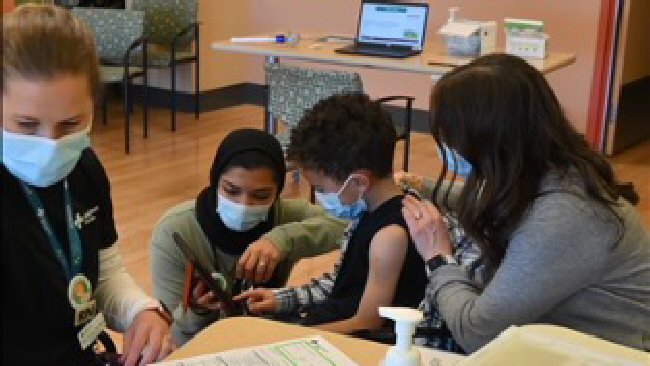
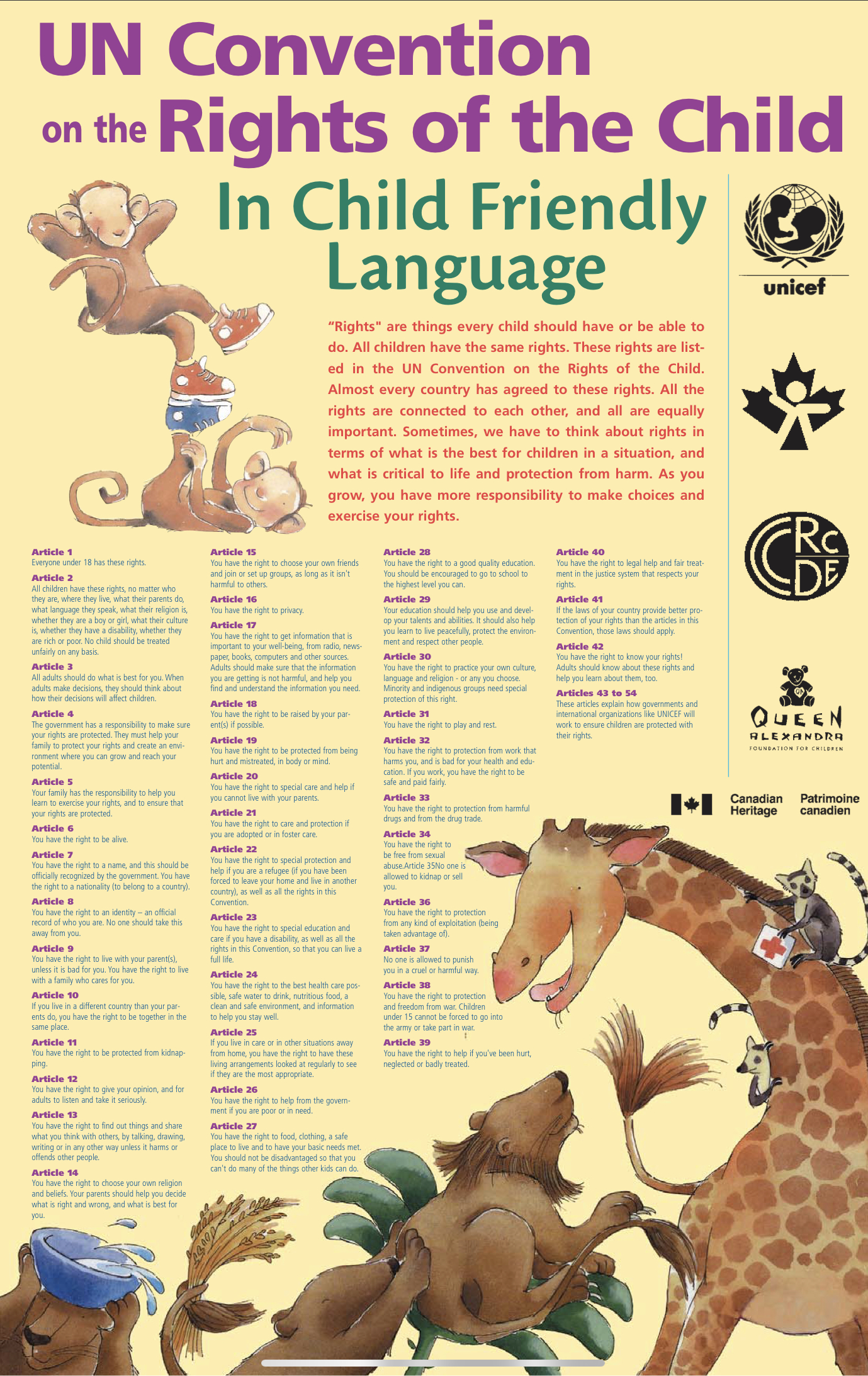

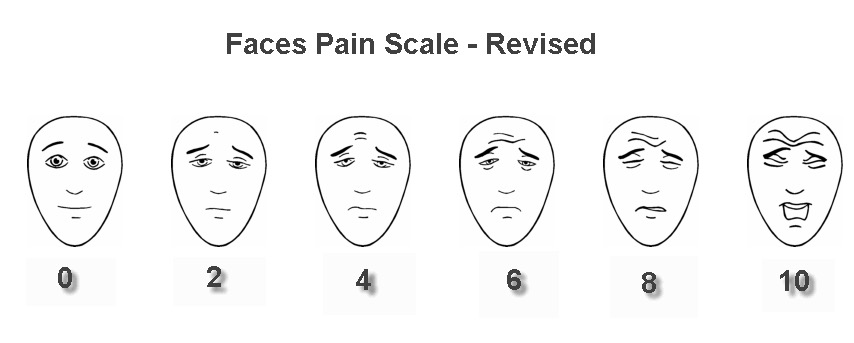
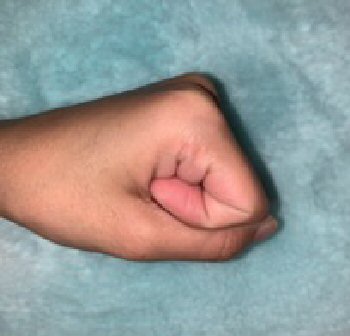
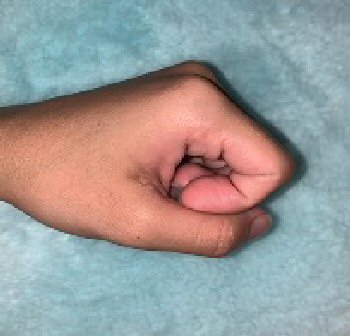
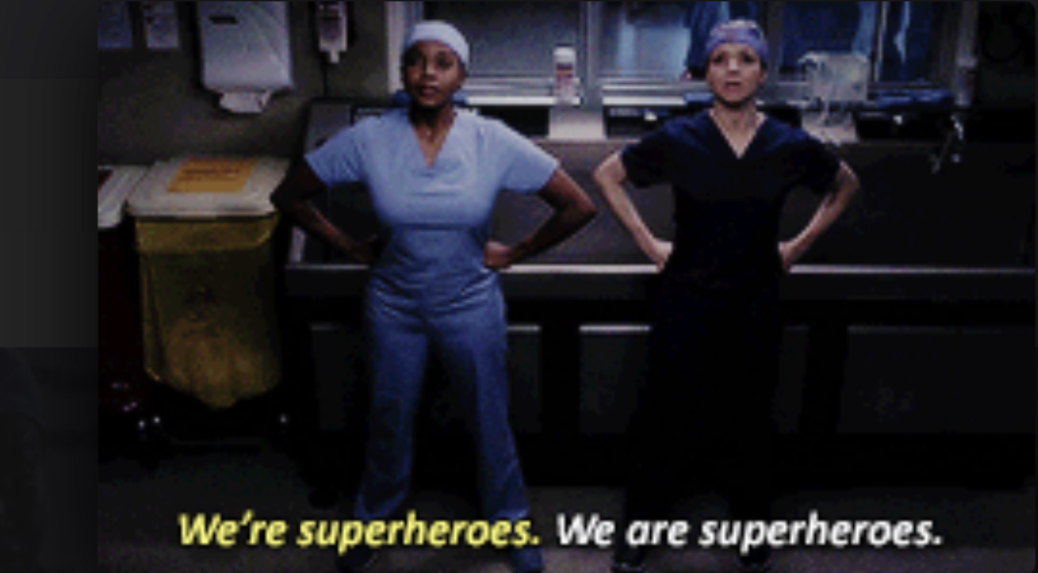



Leave a Reply
Want to join the discussion?Feel free to contribute!